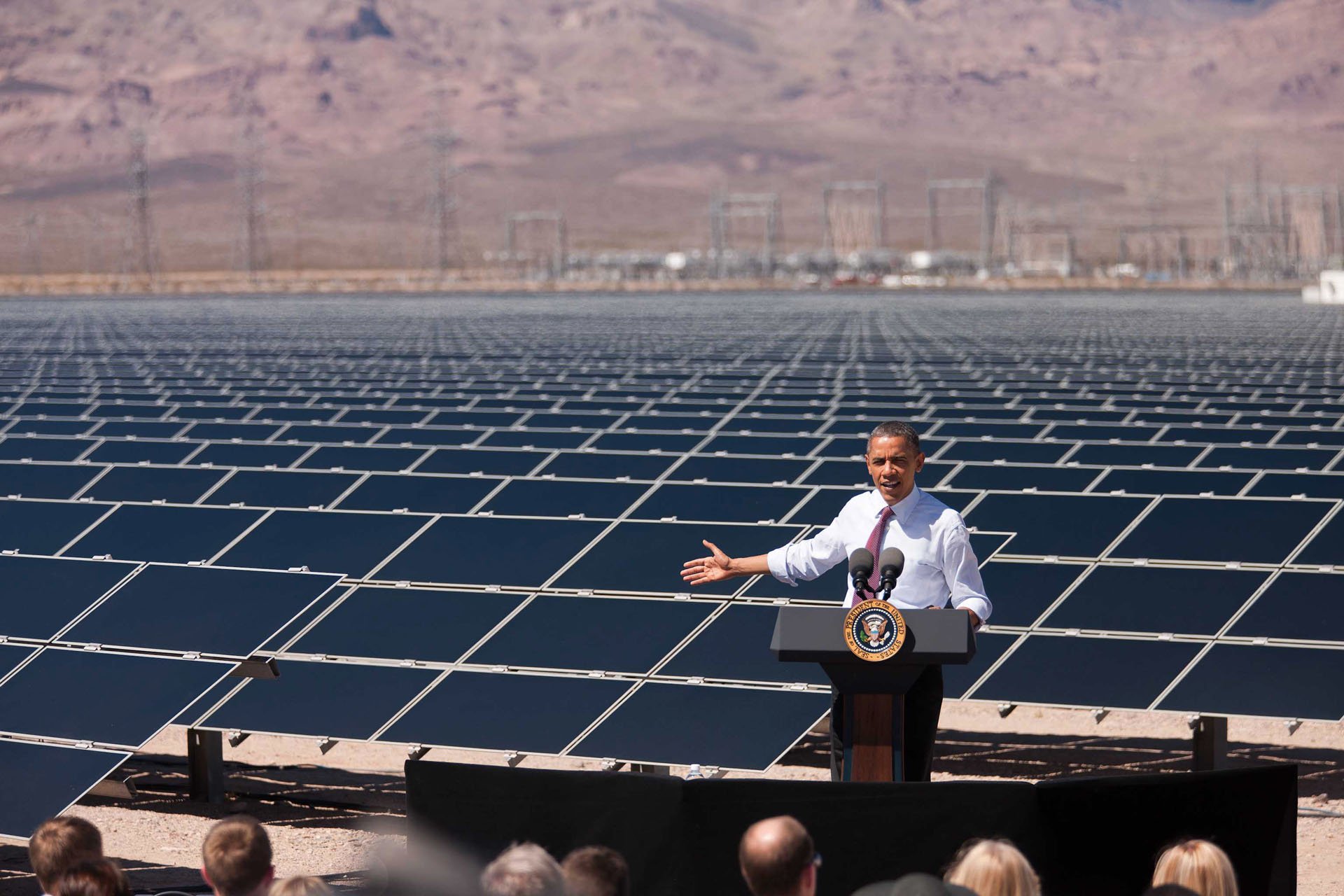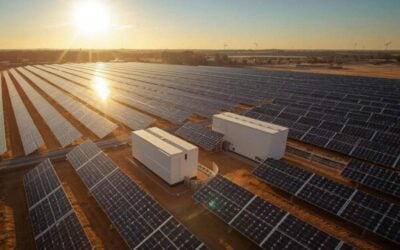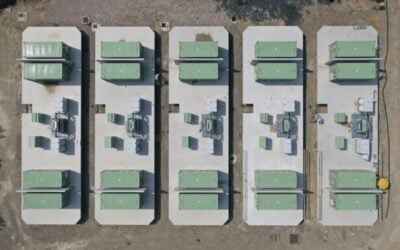
Nevada could cost-effectively deploy between 750MW and 1,000MW of energy storage by 2030, according to an economic study commissioned by the state’s rulemakers to investigate the potential for the technology.
Massachusetts, California, New York and Arizona are among the US states to have already implemented or closely investigated the implementation of procurement targets for energy storage, mainly by utilities. A 2017 Nevada Senate Bill, SB204, ordered the state Public Utilities Commission of Nevada (PUCN) to determine whether biennial targets for energy storage deployment by electric utility entities would be in the public interest.
To that end, the PUC and the Nevada Governor’s Office of Energy (GOE) commissioned economists from Brattle Group to produce the study, ‘The economic potential for energy storage in Nevada’, a 90+ page document which has been filed as a docket by PUCN.
Brattle took into account numerous variables in its modelling, including the use of energy storage systems for ‘stacked applications’ i.e. for providing multiple services, the impact of cost savings made by generating and storing power during low-priced hours and looked at various different applications and their value to the Nevada network.
Try Premium for just $1
- Full premium access for the first month at only $1
- Converts to an annual rate after 30 days unless cancelled
- Cancel anytime during the trial period
Premium Benefits
- Expert industry analysis and interviews
- Digital access to PV Tech Power journal
- Exclusive event discounts
Or get the full Premium subscription right away
Or continue reading this article for free
Essentially, Nevada’s future power mix could cost-effectively incorporate storage, the study found, although deployment levels vary under the different market scenarios modelled by Brattle. At the low end, where battery and other costs remain relatively high, some 700MW of storage could be deployed cost-effectively, while if high end expectations on cost reduction are proven correct, the figure could be closer to 1,000MW. In other words, while the analysis found that energy storage, which could include other technologies as well as advanced battery storage, could be a useful addition to Nevada’s networks and for consumers, much depends on the future cost declines of the technology and its deployment.
The economists also made the prediction that behind-the-meter (BTM) storage will carry a compelling business case, although opportunities may be fairly limited compared to booming markets for C&I energy storage such as California. Brattle predicts that without any supporting incentive programmes, around 7MW of storage could be deployed cost-effectively BTM, rising to 31MW by 2030. The addition of incentive programmes could boost this figure by between 6MW and 39MW.
NV Energy monopoly irrelevant to economic big picture
The study makes the assumption that NV Energy, the utility part-owned by billionaire investor Warren Buffet’s Berkshire Hathaway group, will continue to remain “the utility responsible for serving most retail customers” in the state.
NV Energy currently serves around 90% of Nevada consumers through two subsidiaries, although a 2016 ruling set in place moves to introduce competition into the market. However, Brattle said its analysis should hold true irrespective of the status of generation and retail supply in the state.
NV Energy has already contracted some storage facilities co-located with solar, now subject to approval by the PUC as part of NV Energy’s long-term Integrated Resource Plan (IRP). The company also requested approval for 100MW of energy storage in June, as well as awarding contracts for over 1GW of renewable energy projects.
“Based on the findings of this study, future initiatives in Nevada may seek to establish a statewide energy storage procurement target,” Brattle Group said, although it highlighted that there is significant uncertainty over future costs of storage, creating the variation in forecasted deployment levels.
The group did say that going forward, the study could be used to help determine appropriate future procurement targets by following the ‘optimal deployment curve’ data given. A 30% decrease in storage costs, from US$300 per kWh to US$210 per kWh could increase optimal deployment levels from 200% to 500%, for example.
“Energy storage can be a cost-effective addition to Nevada’s future mix of electricity resources, reducing system costs and benefitting consumers as a result,” the report said.
“It can provide value across a range of applications and use cases, including for resource adequacy, renewables integration, T&D investment deferral, reducing generation costs, reducing customer outages, and combination of these benefits streams.”





